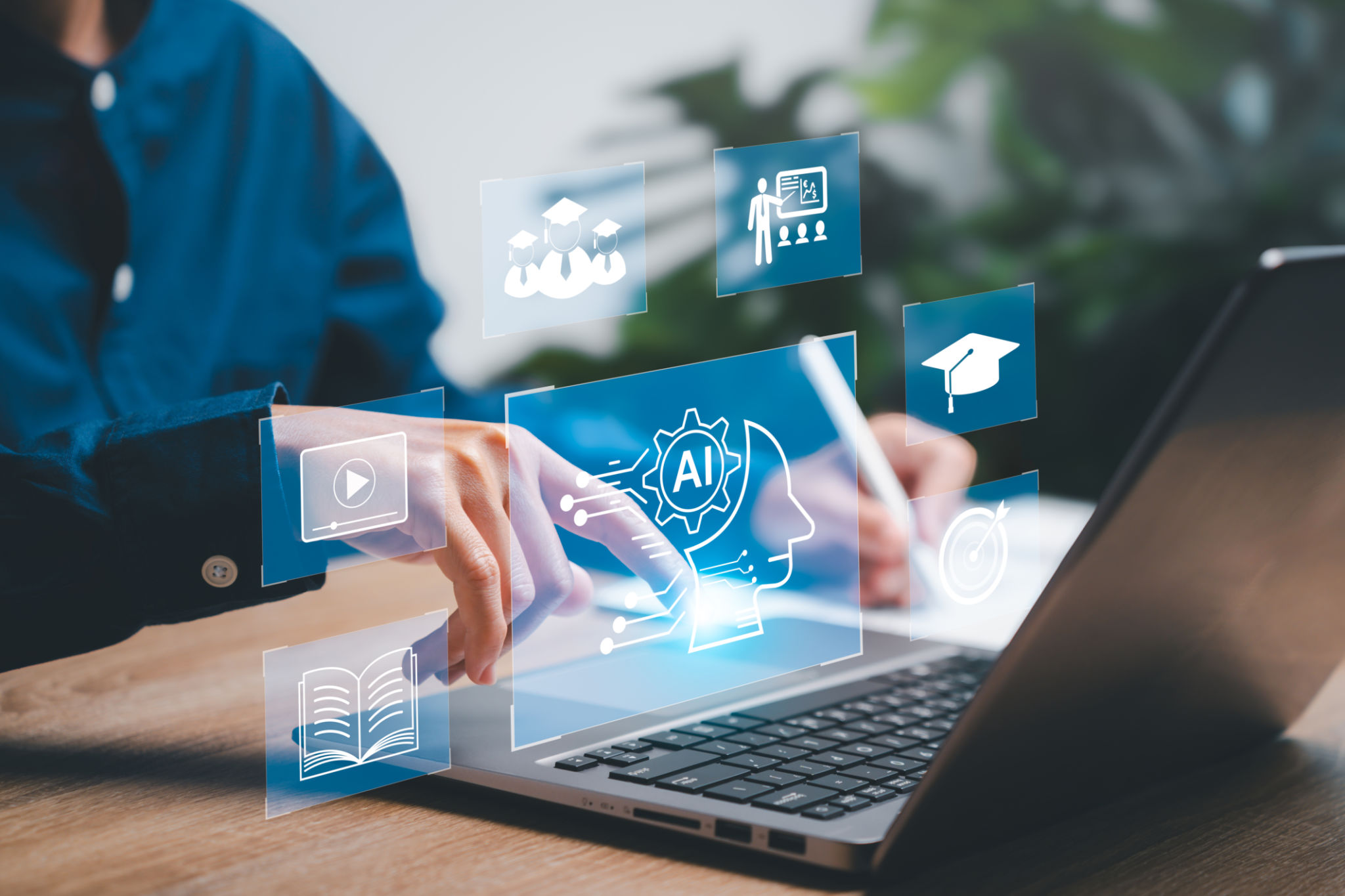Myth-Busting: Common Misconceptions About AI in Education
Understanding AI in Education
Artificial Intelligence (AI) is rapidly transforming various sectors, and education is no exception. However, the integration of AI in education is often surrounded by myths and misconceptions. In this blog post, we aim to debunk some of these common misunderstandings and provide a clearer perspective on how AI can enhance learning experiences.
Myth 1: AI Will Replace Teachers
One of the most prevalent myths is that AI will replace teachers in the classroom. This misconception stems from the fear that technology will make human educators obsolete. In reality, AI is designed to complement teachers, not replace them. AI tools can handle repetitive tasks such as grading, allowing teachers to focus more on personalized student interactions and creative teaching strategies.

AI can also assist in identifying students' learning patterns and needs, enabling teachers to tailor their lesson plans accordingly. By leveraging AI, educators can enhance their teaching methods and improve student outcomes, rather than being replaced by machines.
Myth 2: AI in Education Is Only for STEM Subjects
Another common misconception is that AI applications in education are limited to Science, Technology, Engineering, and Mathematics (STEM) subjects. While it's true that AI has made significant strides in these areas, its potential extends far beyond. AI can be used in language learning, arts, and even social sciences to create dynamic and interactive educational experiences.
For example, language learning apps powered by AI can provide real-time feedback on pronunciation and grammar. Similarly, AI-driven platforms can offer art students new ways to explore creativity through digital tools and simulations. The versatility of AI ensures that it can be integrated into virtually any subject, enhancing the overall learning experience.

Myth 3: AI Is Too Expensive for Schools
Many believe that implementing AI in education is prohibitively expensive for most schools. While initial costs can be high, the long-term benefits and efficiencies often outweigh the investment. Moreover, there are numerous affordable AI tools available today that cater to various educational needs.
A growing number of educational technology companies are developing cost-effective AI solutions tailored for schools with limited budgets. These solutions provide significant value by optimizing resource allocation, improving student engagement, and streamlining administrative processes.
Myth 4: Students Will Become Too Dependent on Technology
The concern that students might become overly reliant on technology is another common myth. However, when used appropriately, AI can foster independence by encouraging critical thinking and problem-solving skills. AI tools can present students with challenges that require them to think creatively and analytically.

Furthermore, AI can personalize learning experiences, allowing students to learn at their own pace and style. This personalization empowers students to take charge of their education, fostering a sense of responsibility and self-motivation.
The Future of AI in Education
The integration of AI in education holds immense potential for transforming how we teach and learn. By debunking these myths, we can embrace the possibilities that AI offers and work towards creating a more effective and inclusive educational environment. As technology continues to evolve, it is crucial that educators and institutions stay informed and adapt to these changes for the benefit of current and future generations.